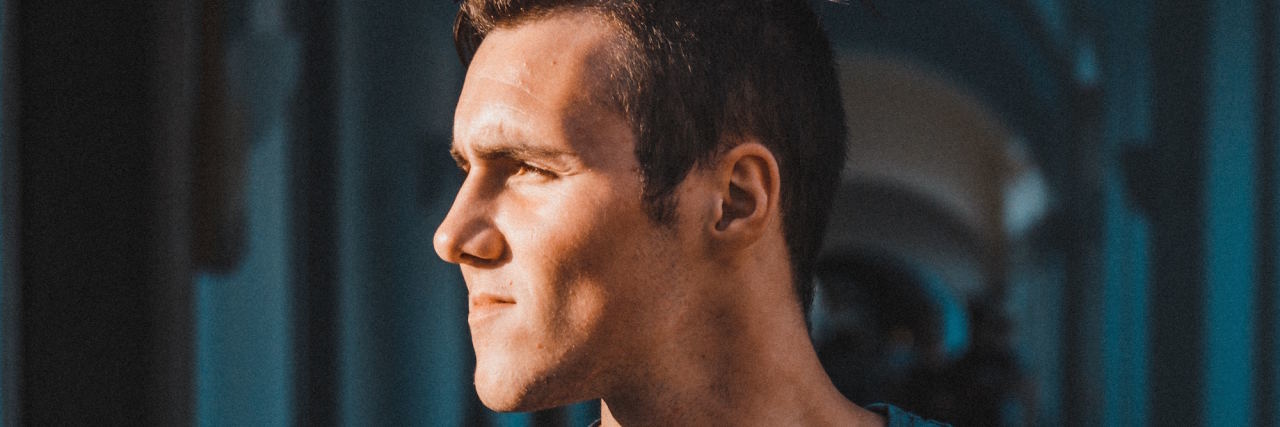The difference between a habit and an addiction isn’t always clear. Sometimes it depends on the mindset of the individual. Cigarette smoking can be both. Some people, such as my wife, only smoked in special situations, such as when drinking at a bar. Some, like my father, started smoking while on night guard duty in the U.S. Air Force, because it was something you could do to keep alert without being distracted.
Of course, nicotine is addictive, so if you make a habit out of it, you may soon have an addiction. And while habits can be tough to break, addictions are even harder and have more life-threatening consequences.
According to the website Difference Between, “Habit is a behavior pattern developed by frequent repetition of the act over and over to the point the brain does it automatically. An addiction is a compulsive need of a certain thing or substance to the body, which when deprived causes horrible effects. A habit can be controlled or modified, while addiction cannot be controlled and requires professional help for modification.”
Additionally, habits can be positive or negative, and usually don’t affect mental ability or memory. Addictions are almost universally negative, and can affect mental ability, memory and impulse control. Addictions are more likely than habits to require professional rehab. California’s water crisis requires better water-use habits, but requiring a stay in a California rehab clinic certainly wouldn’t help.
Some habits have survival value, like looking both ways before crossing the street or washing your hands. “Once the cue-behavior-reward is learned and put down as habit in our neural circuitry, we can move on and do other more important things,” writes Jeanene Swanson. “That’s precisely why they’re so hard to break,” even if there’s no longer a need for them.
As bad habits go, nail-biting isn’t the worst. But it can be hard to stop even if it becomes excessive, embarrassing, even damaging. And in extreme cases, according to the American Psychiatric Association’s latest Diagnostic and Statistical Manual of Mental Disorders, Fifth Edition (DSM-5), it can be a mental disorder (onychophagia) related to obsessive-compulsive disorder.
OCD is when you repeat certain actions compulsively, such as turning a light switch on and off a certain number of times in succession, for fear of something bad happening if you don’t.
Pathological grooming – nail biting, scab picking, hair pulling –- usually has a more benign origin, including simple stress (such nervous habits can reduce it temporarily), impatience (who has time to look for nail clippers?), perfectionism (the nail’s “not even!”) and boredom (your fingers and mouth are always there). This behavior may start as normal, necessary grooming, but getting help may become necessary if it starts to cause physical disfigurement.
According to WebMD, “nail-biting is a common stress-relieving habit. You may bite your nails in times of stress or excitement, or in times of boredom or inactivity. It can also be a learned behavior from family members.” And according to some researchers, it can have a genetic component or be the result of a genetic mutation.
Nail biting usually starts in childhood, and so did mine. As near as I can recall, I started doing it because I didn’t like how my fingertips felt when my mother used nail clippers on them. I reasoned that by preemptively trimming them with my teeth, there would be no need for mom to use the clippers. (Of course, she may have started clipping my nails because she caught me biting them).
But as clinical psychologist Dr. James Claiborn says, “any behavior which persists is being reinforced,” even if it starts for practical reasons, and can become a damaging habit. I continued biting my nails into my 20s and even 30s to the point when I sometimes bit them so short they hurt, and sometimes chewed some of the skin off as well. I suspect it was anxiety, unhappiness with my life. At least, when I found a good job and my life seemed to be coming together, I managed to break the habit without any extreme measures. I just kept them trimmed short and neat; with my improved outlook, it proved sufficient. Occasionally I backslide and bite a nail or two, but never as badly or frequently as before.
I wanted to stop. In my case, it was the change in my outlook that really helped. If I’d tried stress reduction and mindfulness techniques – such as yoga, meditation, deep breathing or squeezing a stress ball – I might have stopped earlier, and improved my outlook, too.
Other habit busters include learning new behaviors to take the place of the unwanted ones. For example, distractions like chewing gum, eating carrots, playing with a rubber ball, keeping your hands in your pockets can help. There are also prevention tactics like coating your nails with polish, especially a bitter-tasting polish, wearing gloves and putting adhesive bandages on your fingertips.
But no one method works for everyone, and not all habits or addictions have obvious treatments. It’s not always easy to tell a habit from an addiction or a mental illness either. The good news is that many habits — like my nail-biting and many addictions — end without professional treatment, replacement meds or therapy. On Psychology Today.com, Stanton Peele wrote that “People succeed when they recognize that the addiction” – or habit – “interferes with something they value – and when they develop the confidence that they can change.”
Whether it’s an addiction or a habit, first you must decide that you want to change. Then you can take if from there.
We want to hear your story. Become a Mighty contributor here.
Unsplash photo via Cristian Lozan

